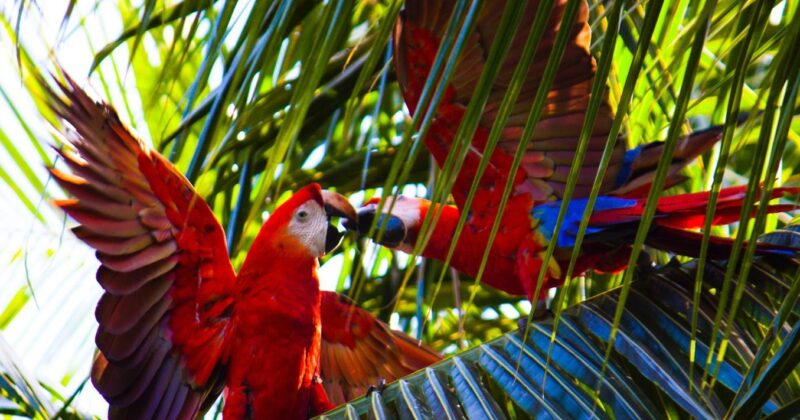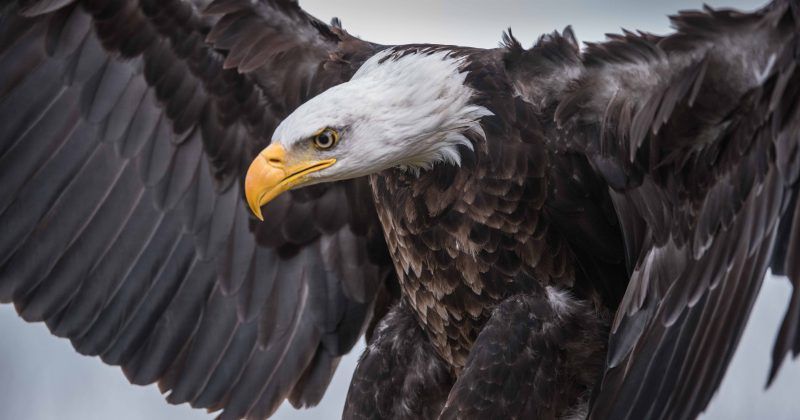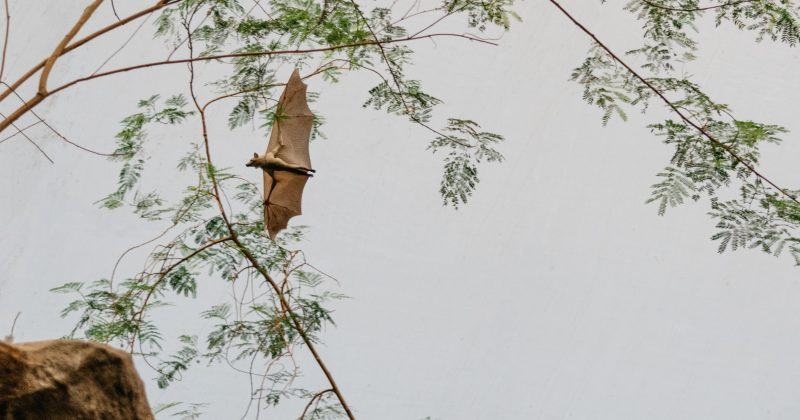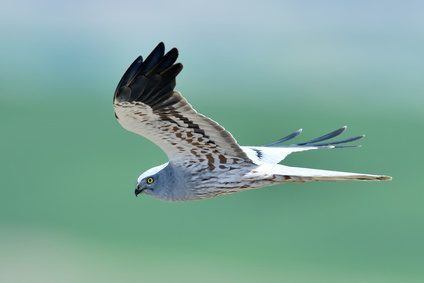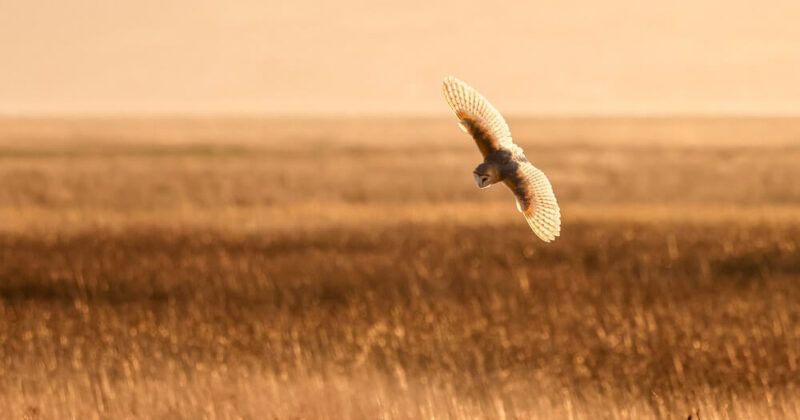
Bird crime still at a high
RSPB Birdcrime Report
The Royal Society for the Protection of Birds (RSPB) has published their Birdcrime report today covering confirmed cases of bird of prey persecution in 2021. The chXout® team have read through the report to provide you with a summary of the key points.All wild birds and their nests are protected by law but this does not seem to be enough. Existing laws appear to be little to no deterrent due to punishments not being used to their full extent. There is a concern that killing is becoming more targeted, especially in Scotland, with a concerted effort to conceal the evidence.108 incidents of persecution took place in the UK in 2021 which is the second highest number on record after 2020. Sadly, it is considered that this figure is likely to be much higher as these are only the confirmed cases with evidence. The 2020 report confirmed 137 cases which has now risen to 146.As seen in previous years...


